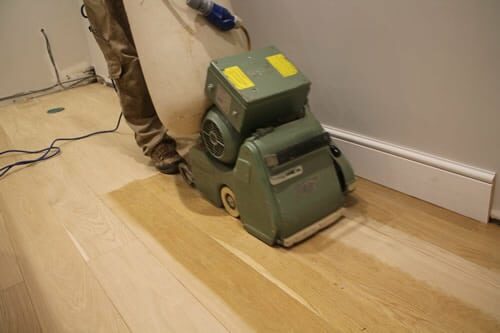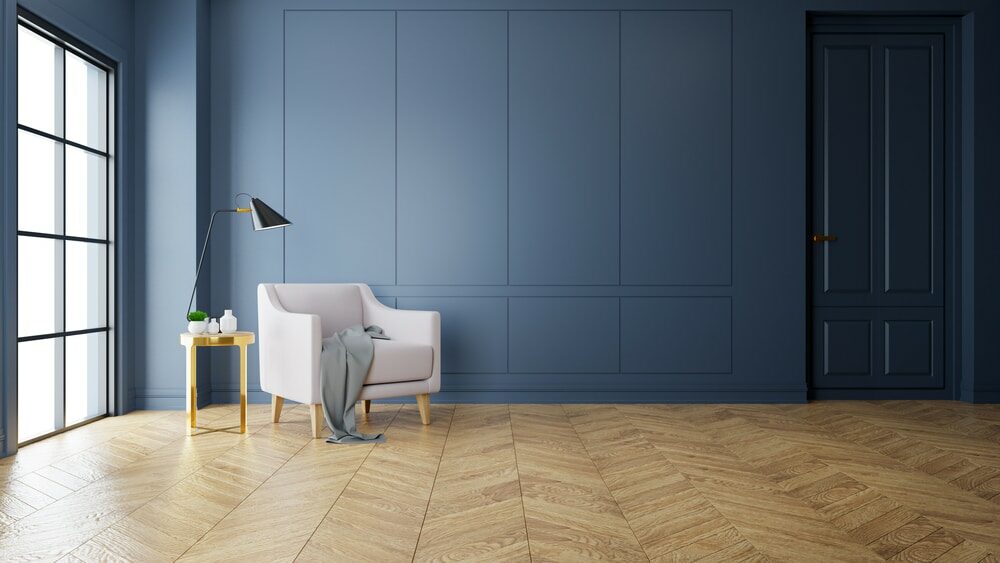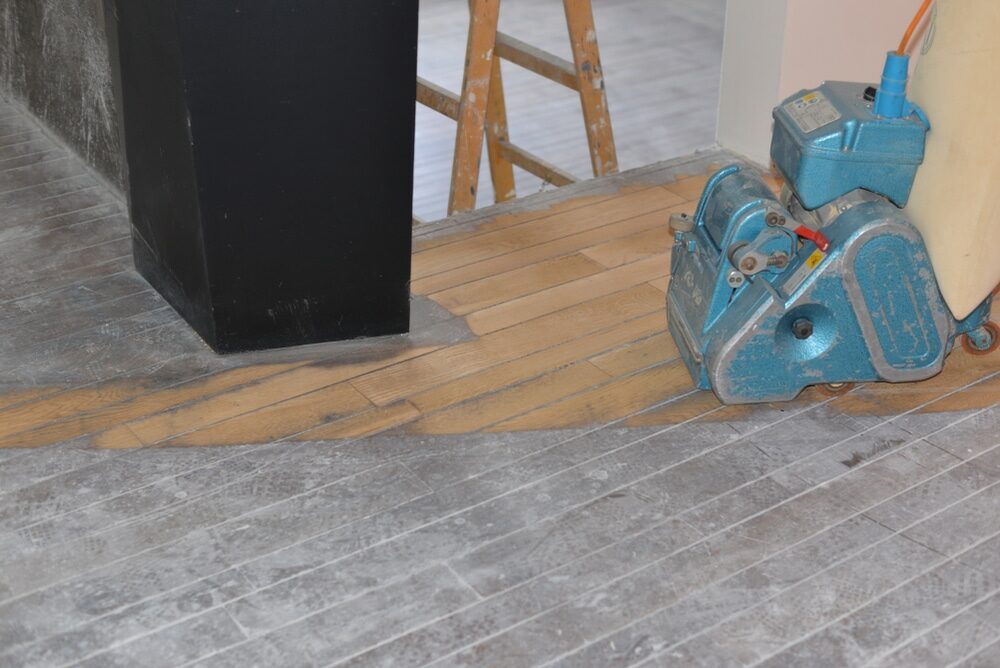London:
Nationwide:
Why floor sanding can make any wooden floor look fantastic?
Posted on April 13, 2023
Blog
Wooden floors have long been a popular choice for homeowners due to their natural beauty, warmth, and timeless appeal. However, over time, even the most well-cared-for floors can start to show signs of wear and tear, losing their original lustre and becoming dull or damaged. The good news is that, with the right techniques and expertise, floor sanding can make any wooden floor look fantastic again. In this comprehensive blog post, we will delve into the reasons why floor sanding can restore the beauty of your wooden floors, the benefits of the process, and how it works to transform your space.
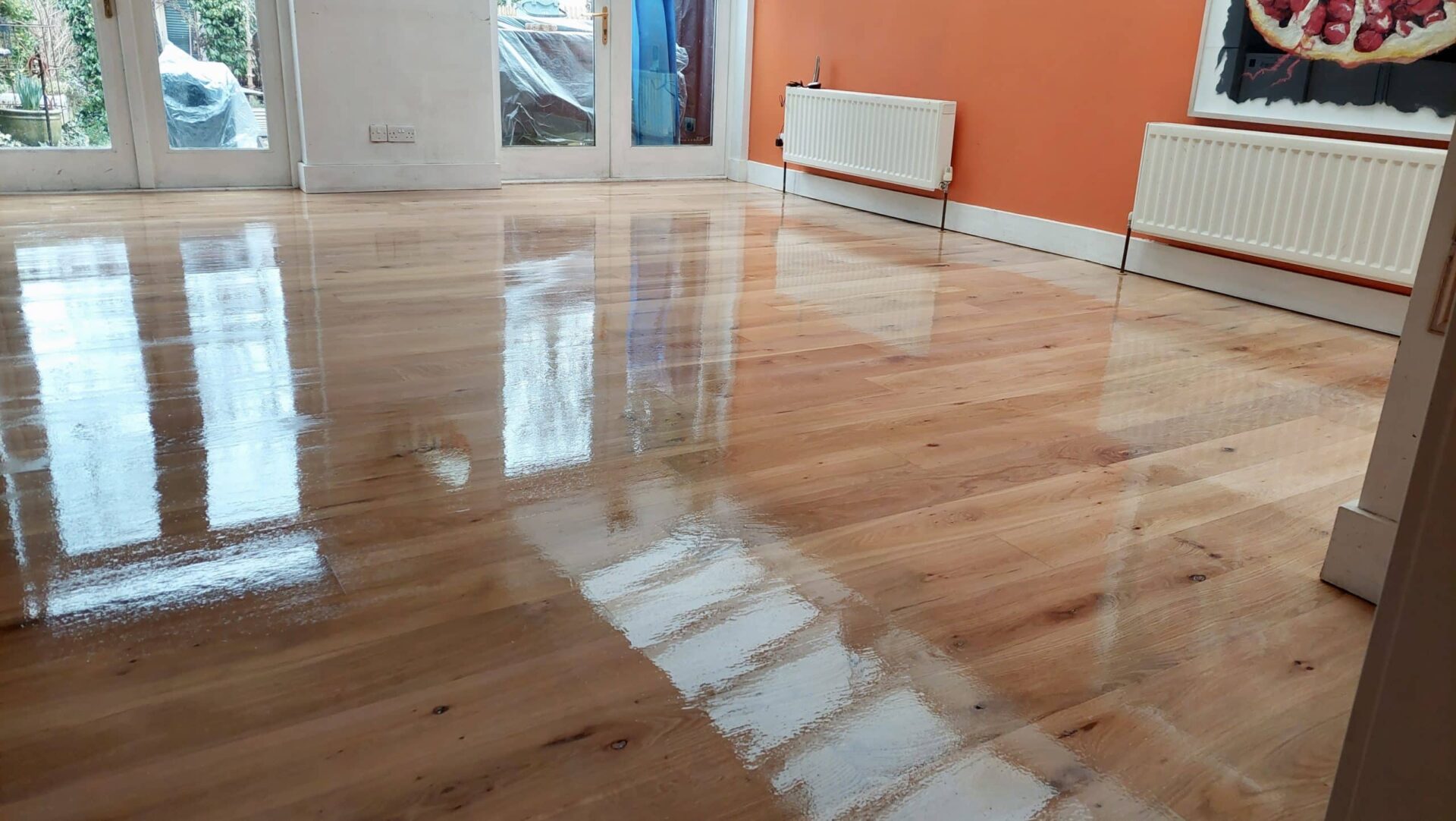
I. The Benefits of Floor Sanding
A. Restores the Original Beauty of the Wood
Floor sanding removes the top layer of the wood, revealing the fresh, undamaged surface underneath. This process can effectively eliminate scratches, stains, and other imperfections that have accumulated over time, restoring the floor’s original beauty and revealing the natural grain patterns and colours of the wood.
B. Increases durability and longevity
By removing the worn and damaged surface layer, floor sanding not only improves the appearance of your wooden floor but also enhances its durability and longevity. A properly sanded and refinished floor can withstand years of use, providing a strong and stable surface that is less susceptible to damage.
C. Enhances the value of your home
A beautifully sanded and refinished wooden floor can significantly increase the value of your home. Potential buyers often appreciate the aesthetic appeal and low-maintenance nature of wooden floors, making them a desirable feature that can set your property apart from others on the market.
D. Provides a Healthier Living Environment
Over time, dirt, allergens, and other contaminants can become trapped in the crevices and scratches of a wooden floor. Floor sanding effectively removes these particles, creating a cleaner and healthier living environment for you and your family.
E. Allows for Customization
Floor sanding provides the opportunity to customise the appearance of your wooden floor. Whether you want to change the colour by applying a new stain, add a unique texture or pattern, or simply apply a different type of finish, sanding your floor gives you a blank canvas to work with.

II. The Floor Sanding Process
A. Preparation
- Remove all furniture, rugs, and other items from the room.
- Cover light fixtures, vents, and any other items that could be affected by dust with plastic sheeting.
- Inspect the floor for any loose boards, nails, or other fasteners, and address any issues before starting the sanding process.
B. Choosing the Right Equipment
- Drum sander: a heavy-duty sander suitable for larger areas. It uses a continuous belt of sandpaper and is highly efficient at removing material, but requires careful handling to avoid damaging the floor.
- Orbital sander: a more user-friendly option, often preferred by DIYers. It uses a square or rectangular sanding pad and is less likely to cause damage to the floor, but may be slower at removing material.
- Edger: A smaller, handheld sander used for tight corners and edges. It typically uses a circular sanding disc and allows for more precise sanding.
C. Sandpaper Grit Selection
Choosing the right sandpaper grit is crucial for achieving a smooth and even finish. Start with a coarse grit (such as 36 or 40) for the initial sanding, then progress to a medium grit (60 or 80) for intermediate sanding, and finally, use a fine grit (100 or 120) for the finishing sanding.
D. The Sanding Process

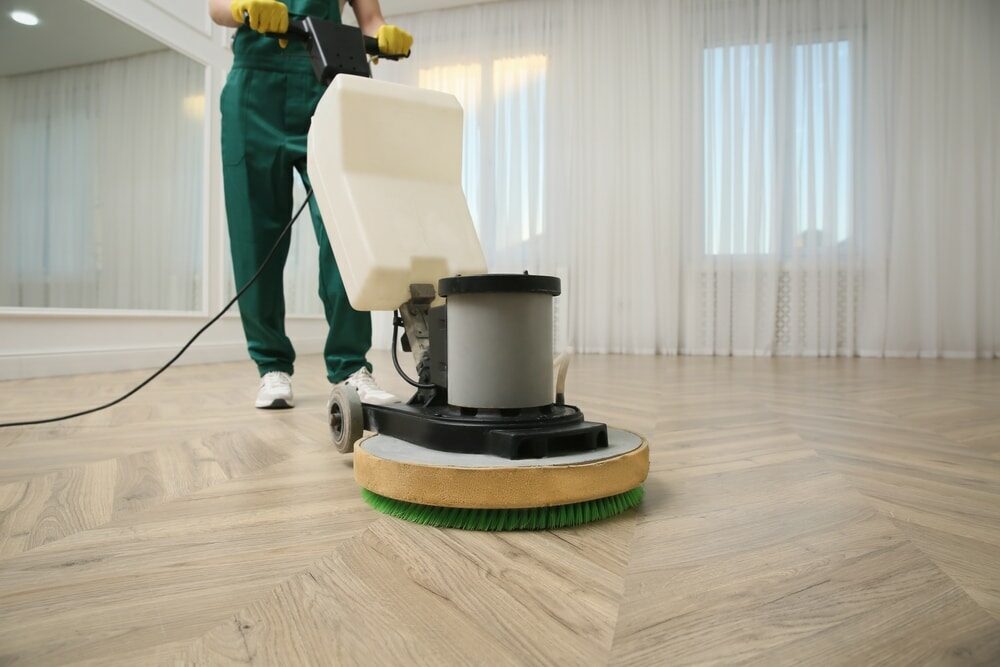
- Begin by sanding the main area of the floor with the drum sander or orbital sander, working along the grain of the wood. Move at a steady pace, being careful not to dwell too long in one spot or apply too much pressure, as this can cause damage to the floor.
- Use the edger to sand the edges and corners of the room that the larger sander cannot reach.
- Once the entire floor has been sanded with the coarse grit sandpaper, vacuum up the dust and debris.
- Repeat the sanding process with the medium-grit sandpaper, followed by the fine-grit sandpaper, vacuuming between each stage.
E. Finishing Touches
- Inspect the floor for any remaining imperfections, such as swirl marks or uneven spots, and address these issues with the fine-grit sandpaper.
- Vacuum the floor thoroughly, then wipe it down with a damp cloth to remove any remaining dust.
- Apply your chosen stain or finish to the floor, following the manufacturer’s instructions and allowing adequate drying time between coats.
III. Tips for Successful Floor Sanding
A. Work in a Systematic Manner
Sanding a floor can be a time-consuming process, so it’s essential to work systematically, moving from one section of the room to another in a logical and efficient manner.
B. Maintain Consistent Pressure and Speed
When using a drum sander or orbital sander, maintaining consistent pressure and speed is key to achieving an even finish. Too much pressure can cause gouges or depressions in the wood, while too little pressure can result in an uneven surface.
C. Use proper safety equipment.
Always wear the appropriate safety gear when sanding a floor, including goggles, a dust mask, and ear protection. This will protect you from dust, debris, and noise generated during the sanding process.
D. Be patient.
Floor sanding requires patience and attention to detail. Rushing through the process can lead to mistakes and an uneven finish, so take your time and be thorough in your work.
E. Seek Professional Help if Needed
If you’re unsure about any aspect of the floor sanding process or encounter difficulties, don’t hesitate to consult a professional. They can provide valuable guidance and expertise, ensuring a successful outcome for your project.
Some Useful Links:
Conclusion
Floor sanding is a transformative process that can make any wooden floor look fantastic, restoring its original beauty and enhancing its durability and longevity. By understanding the benefits of floor sanding, following the proper techniques, and being patient and meticulous in your work, you can achieve a stunning and revitalised wooden floor that adds value and charm to your home. Whether you choose to tackle the project yourself or enlist the help of a professional, floor sanding is a worthwhile investment that can breathe new life into your worn or damaged wooden floors.
More from our Blog:
Why Commercial Floor Sanding requires a lot of experience?
The Easy Process of Sanding a Floor: A Comprehensive Guide
Avoiding Pitfalls: Top Common Mistakes in Wood Floor Refinishing and How to Prevent The

